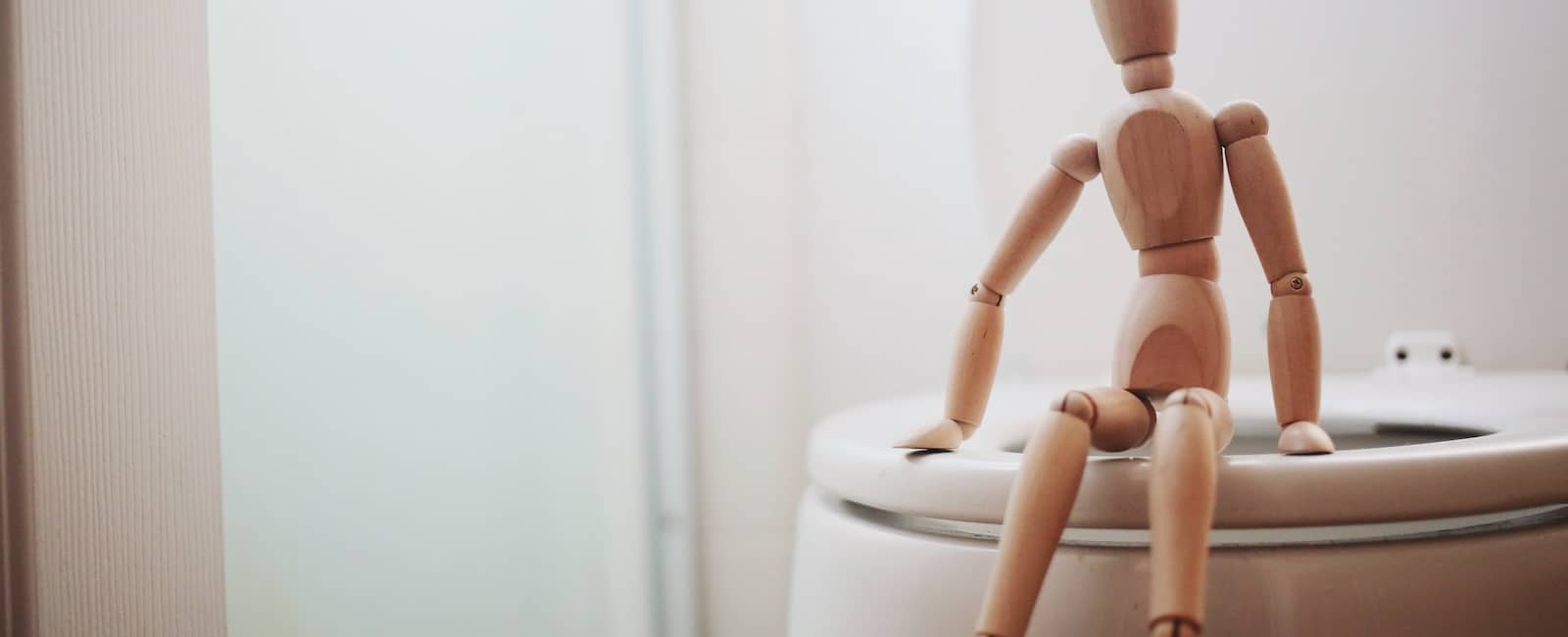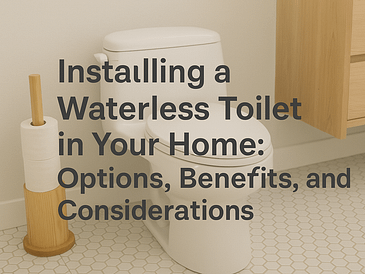The traditional septic systems used for cabins often present numerous challenges, from environmental impact to maintenance issues. As society becomes …


The traditional septic systems used for cabins often present numerous challenges, from environmental impact to maintenance issues. As society becomes …

The world is at a critical juncture, facing numerous environmental challenges that demand immediate action. One such challenge that often …

Discover the benefits of installing a waterless toilet in your home, from reducing water usage to promoting sustainability and off-grid living.